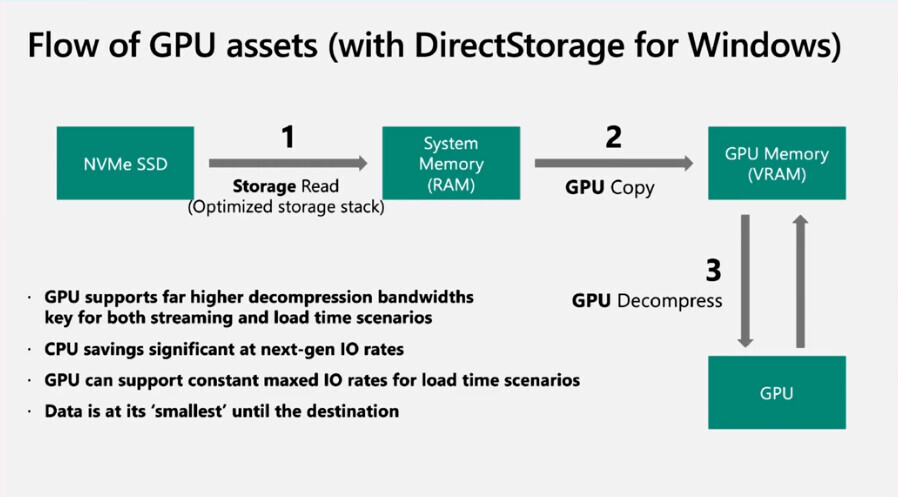What GPU is Needed for Windows 11? | Graphics Card Compatibility Guide
GPU or Graphics Processing Unit is an essential component of a computer that plays a crucial role in displaying graphics on your screen. With the release of Windows 11, there has been a lot of confusion among users about the GPU requirements for the new operating system. In this article, we will discuss what GPU is needed for Windows 11 and help you understand the necessary requirements to run Windows 11 smoothly.
First, let's understand the minimum requirements for running Windows 11. Microsoft has stated that to run Windows 11, your computer must have a compatible processor, a minimum of 4GB of RAM, and at least 64GB of storage. In addition to these basic requirements, Windows 11 also requires a DirectX 12 compatible graphics card or integrated GPU with a WDDM 2.0 driver.
Now, let's dive deeper into the GPU requirements for Windows 11. Microsoft has stated that to take full advantage of Windows 11, your computer should have a DirectX 12 compatible graphics card that supports a WDDM 3.0 driver. This means that the GPU must support DirectX 12 Ultimate and have a minimum of 2GB VRAM.
It is important to note that if you have an older GPU that does not support DirectX 12, it is still possible to run Windows 11. However, you may experience slower performance and some features may not be available.
If you are a gamer or work with graphics-intensive applications such as video editing or 3D modeling, it is recommended to have a high-end GPU. Windows 11 requires a powerful GPU to take advantage of features such as DirectStorage and Auto HDR, which can significantly enhance your gaming and graphics experience.
When it comes to choosing a GPU for Windows 11, there are several factors to consider. The first thing to consider is your budget. High-end GPUs can be expensive, and not everyone may be able to afford the latest and greatest models. However, there are many mid-range GPUs available that can still provide excellent performance at a lower cost.
Another factor to consider is the type of games or applications you will be running. Some games and applications may require specific GPU features, such as ray tracing or tensor cores. If you plan on playing games that require these features, you will need a GPU that supports them.
Finally, you should consider the brand of the GPU. Both Nvidia and AMD are popular choices for gamers and professionals alike. Nvidia's GPUs are known for their excellent performance and features such as ray tracing, while AMD's GPUs are known for their value and excellent price-to-performance ratio.
In conclusion, Windows 11 requires a DirectX 12 compatible graphics card or integrated GPU with a WDDM 2.0 driver as a minimum requirement. However, to take full advantage of Windows 11's features, a DirectX 12 Ultimate compatible GPU with a WDDM 3.0 driver is recommended. It is important to consider your budget, the type of games or applications you will be running, and the brand of the GPU when choosing a GPU for Windows 11.
If you are unsure which GPU to choose, we recommend consulting with a professional or doing further research to find the best GPU for your needs and budget.
Keywords: GPU, Windows 11, System Requirements, Graphics Card Compatibility, Nvidia, AMD, Top GPU recommendations, Update graphics card
Longtail Keywords: What is the minimum graphics card requirement for Windows 11?, What GPU do I need for Windows 11? Can I run Windows 11 on my current graphics card?, Top GPUs for Windows 11 gaming, How to check if my graphics card is compatible with Windows 11?, How to update my graphics card for Windows 11?

Comments
Post a Comment